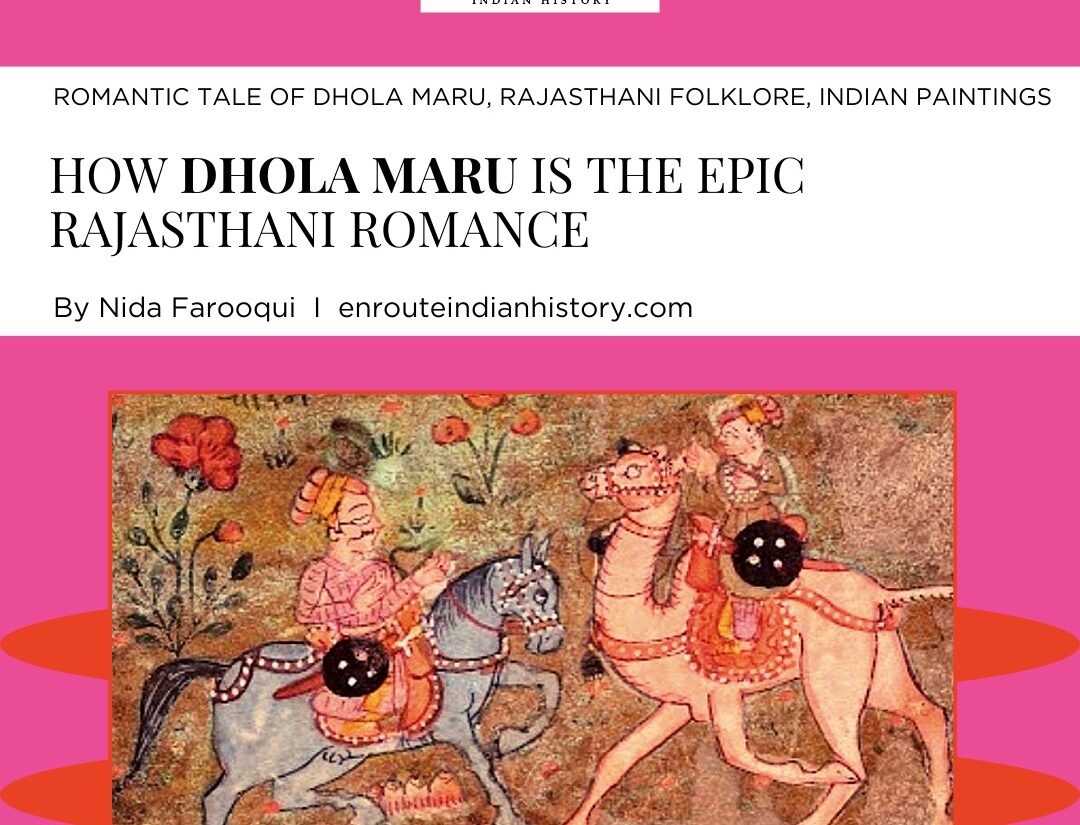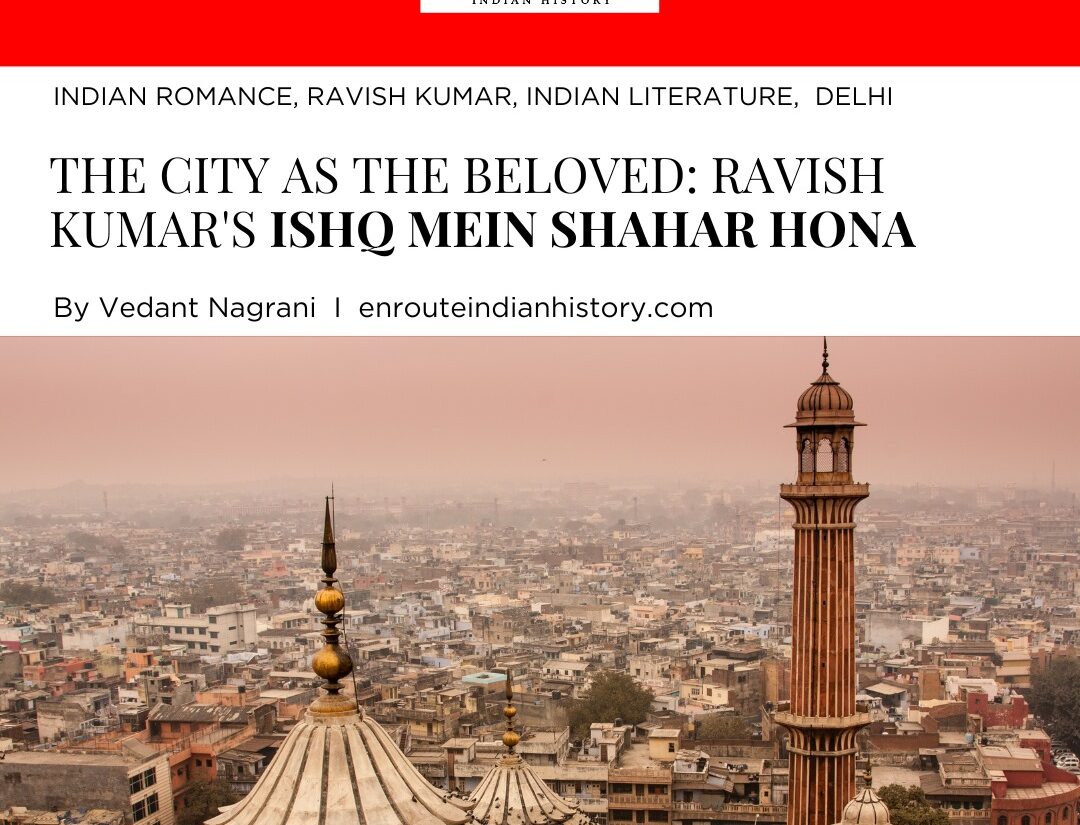
Within the arid landscapes of Rajasthan, where history whispers through the ancient walls and cultural heritage is etched in every grain of sand, the tale of Dhola Maru unfolds like a cherished secret, passed down from one generation to the next. This legendary love story, deeply rooted in the soil of the Thar Desert, transcends the boundaries of time, resonating with the universal themes of passion, sacrifice, and enduring commitment.
As we embark on this exploration, we find ourselves not only drawn to the narrative’s lyrical beauty but also to the captivating visual representations that have emerged as a significant aspect of Rajasthani artistic expression. The vibrant strokes of colour and intricate details in the paintings serve as a visual symphony, echoing the emotions embedded in the folklore.
The love between Dhola and Maru, celebrated for its purity and intensity, becomes a muse for the skilled hands of artists, who breathe life into their canvas, immortalising the poignant moments of this enduring love story. Each brushstroke becomes a testament to the cultural richness of Rajasthan, where art becomes a language of emotions, preserving and conveying tales that echo through the ages.
Through this visual journey, we aim to unravel the layers of Dhola Maru’s narrative, examining the nuanced portrayals within the Rajasthani artistic tradition. From the intricacies of traditional miniature paintings to the grandeur of wall murals, we discover how each medium captures and interprets the essence of love in its unique and captivating manner.
While written records of the Dhola-Maru tale emerge primarily in the 16th century, notably in the renowned poem composed by the Jain poet Kushallabh around 1561, Hazariprasad Dvivedi posits that the oral transmission of this captivating narrative traces its roots back to the 11th or 12th century. The Dhola-Maru narrative is an integral part of the rich tapestry of Rajasthani love stories, suggesting a cultural heritage deeply intertwined with the essence of enduring love.
Originally, it is surmised that the tale may have circulated in the form of muktaka, characterised by short, independent verses transmitted orally. In its early stages, the story might have been a poetic expression encapsulated within brief verses, resonating through oral traditions. Over time, as the love saga of Dhola and Maru garnered popularity, it evolved into a more structured literary form. Poems recounting the romantic journey of Dhola and Maru began to emerge in Rajasthani courts, adhering to the intricate rules of the prabandh kavya style.
This evolution suggests a fascinating metamorphosis of the Dhola-Maru narrative, transitioning from an oral tradition rooted in the 11th or 12th century to a written form in the 16th century. The transformation not only underscores the enduring appeal of the story but also reflects the cultural significance attributed to it within the courts of Rajasthan. As the verses unfolded and poetic compositions flourished, the love of Dhola and Maru found a timeless place within the literary and cultural heritage of the region, transcending temporal boundaries.

( A Portrait of Dhola and Maru dating back to 1890 ; Source – Victoria and Albert Museum, London )
Origin of Dhola Maru Folklore
Stretching across northern India, from the arid landscapes of western Rajasthan to the hills of Chhattisgarh, one encounters Ihola-marui, commonly known as Dhola. This genre is perceived both as folk literature and in the more classical sense of “literature.” Various descriptions have been employed by authors, labelling it as a love lyric (Bedi 1971), a ballad (Bailey 1938), a legend (Temple 1963), a romantic lay (Kothari, personal communication), a folk opera (Gargi 1966), or even an epic. Each of these categorizations captures a facet of Dhola, reflecting its diverse nature, often sung or narrated in metre, bearing fictive historical elements, portraying romance, occasionally performed as a folk opera, and possessing proportions reminiscent of an epic.
The folklore of Dhola Maru has undergone diverse adaptations and variations over the centuries, evolving into distinct forms and styles. One of the outlines of this folklore is provided below.
In the kingdom of Pugal, a severe famine forced King Raja Pingal and his family to seek refuge in the Narvar kingdom, ruled by King Raja Nal. A warm welcome was extended, and the two royal families decided to arrange a marriage between Raja Pingal’s daughter, Marvani (also known as Maru), and King Nal’s son, the three-year-old Dhola. The wedding was solemnised, but due to ongoing drought in Pugal, Raja Pingal had to return to his kingdom, taking Maru with him, as she was still a child.
As years passed, Maru blossomed into a beautiful woman, unaware that Dhola, now married to another princess named Malvani, was her childhood husband. Messages from Pugal sought Dhola’s return to claim his wife Maru, but Malvani, aware of Dhola’s prior marriage, thwarted these attempts by eliminating messengers. Horse traders eventually revealed the news of Dhola’s second marriage to King Raja Pingal, prompting a plan to inform Dhola of his child-marriage with Maru.
Dhadhis, wandering beggar-singers, were sent to Narvar as messengers of Maru, successfully delivering the message to Dhola through a poignant song. Upon learning about his childhood bride, Dhola desired to reunite with Maru, but Malvani, his second wife, used various tactics to delay his journey. Despite her efforts, Dhola eventually embarked on the journey to Portugal with the intention of bringing Maru back to Narvar.
Malvani attempted to stop Dhola through emotional manipulation, causing delays until Dussehra. However, Dhola stood firm and made arrangements to leave. Malvani, desperate to prevent his departure, made him promise not to leave until she fell asleep. After 15 days, when she finally slept, Dhola, riding a miraculous and swift camel, set out for Pugal, leaving Malvani behind.

( Illustration of Rag Dhola Maru dating back to nineteenth century ; Source – Salar Jung Museum, Hyderabad )
Upon reaching Pugal, Dhola and Maru joyfully reunited, celebrating their love for 15 days. As they began their journey back to Narvar, tragedy struck when a snake bit Maru during a rest stop. Distraught, Dhola wept beside her lifeless body, but a couple of Jogis miraculously revived her with magic water.
Their journey faced another challenge when Umar Sumra attempted to disrupt their happiness. A singer woman from Maru’s paternal home warned them, enabling Dhola and Maru to escape on their camel. Despite Umar Sumra’s pursuit, they crossed the Aravali hills, eluding him. The couple returned to Narvar, and the first printed version of the Dhola-Maru concludes with their happily-ever-after.
Additional verses were later added, depicting a dispute between Maru and Malvani, reflecting jealousy between co-wives. Dhola sided with Maru, affirming the beauty of the Marwar region. The final Doha of the poem indicates that they all lived happily together.

( Maru Ragini – Dhola and Maru riding a camel ; Source – Brooklyn Museum , New York City )

( Dhola Maru; Source – Allahabad Museum, Allahabad )
The timeless love saga of Dhola Maru, deeply embedded in the cultural fabric of Rajasthan, has traversed centuries, morphing into various forms and styles that reflect the rich diversity of artistic expression. The narrative, rooted in oral traditions and later crystallized in written accounts, has transcended the boundaries of time, resonating through the ages.
Dhola Maru’s portrayal of love stands as a poignant testament to the enduring power of affection and commitment. Through the intricate strokes of Rajasthani paintings, the lyrical verses of poets, and the vibrant retellings in various mediums, the love between Dhola and Maru unfolds as a saga that transcends geographical and temporal confines. It encapsulates the universal themes of passion, sacrifice, and the undying pursuit of love.
The fluidity with which this folklore has adapted to different forms, be it a love lyric, ballad, legend, romantic lay, folk opera, or epic, underscores its versatility and resonance across diverse audiences. Dhola Maru has become more than a story; it has become a living, breathing embodiment of the cultural and emotional heritage of Rajasthan.
Through the lens of Dhola and Maru, love is portrayed not merely as an emotion but as a force that withstands the test of time, conquering obstacles and prevailing against all odds. It is a celebration of the profound connection between two souls, echoing the eternal theme of love’s triumph over adversity.
In essence, Dhola Maru is a narrative that transcends its folklore origins, weaving itself into the very identity of Rajasthan and leaving an indelible mark on the hearts of those who have been touched by its enduring message of love.
References
- Wadley, Susan S. “‘Ḍholā:’ A North Indian Folk Genre.” Asian Folklore Studies, vol. 42, no. 1, 1983, pp. 3–25. JSTOR, https://doi.org/10.2307/1178363. Accessed 12 Feb. 2024.
- Szyszko, Aleksandra. “Is the Dhola Maru ra duha only a poetic elaboration?” Academia.edu, Varsha Joshi, Surjit Singh (ed.), Culture, Polity and Economy , Institute of Rajasthan Studies, RawatPublications, Jaipur 2009, pp. 173-181, 2009, https://www.academia.edu/21068577/Is_the_Dhola_Maru_ra_duha_only_a_poetic_elaboration. Accessed 12 February 2024.
- April 4, 2024
- 7 Min Read
- March 1, 2024
- 11 Min Read
- February 19, 2024
- 6 Min Read
- February 16, 2024
- 9 Min Read























